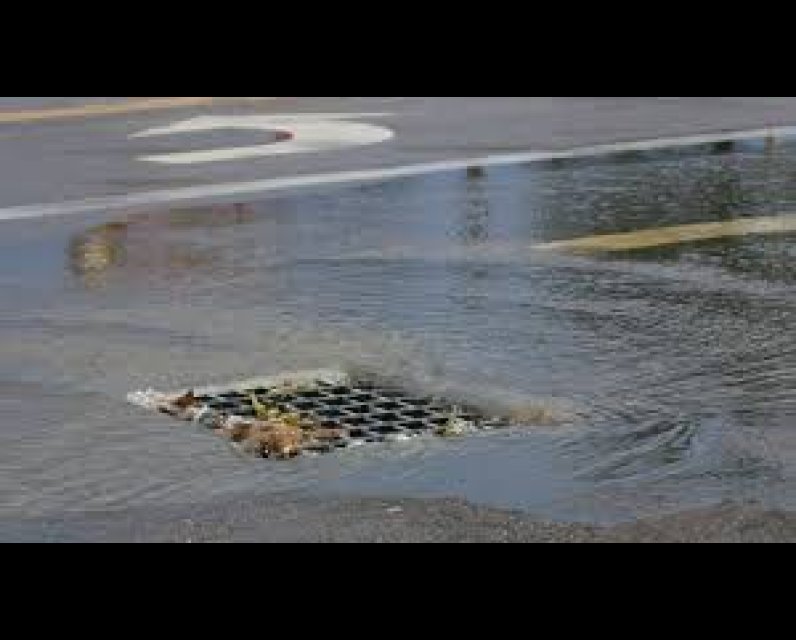Warning message
- Last import of users from Drupal Production environment ran more than 7 days ago. Import users by accessing /admin/config/live-importer/drupal-run
- Last import of nodes from Drupal Production environment ran more than 7 days ago. Import nodes by accessing /admin/config/live-importer/drupal-run
Unpublished Opinions
Retired economist (Ph.D., Berkeley, 1972) Co-founder (1997) and former chair of the Greenspace Alliance of Canada's Capital. Wrote an annotated bibliography on what sustainability means for businesses (2009) -- http://web.ncf.ca/ct976/.
Water rates -- so far so good?

Ottawa's Environment Committee approved a new water rate structure on October 18. It has a few flaws.
Water rates -- so far so good?
Four things stand out after Ottawa's Environment Committee unanimously approved a new water, wastewater and stormwater fee structure last Tuesday.
One, the very low water user will get shafted. "Kim, from Westboro," as she is named in the staff documents, who uses just 5 cubic meters of water a month (compared to an average of 16 cm per household), will see her bill go up from $20 a month to $33.
She may live in a tiny house, be often away, be rich or poor, but she cannot be happy with that change. If low water usage was a lifestyle choice she no longer has an incentive to save water. The proposed rate structure includes some measures to attenuate the effect on low users of introducing a fixed charge -- without them the impact would be even worse. But the harsh impact remains, and not just for Kim. The staff report admits that "single detached homes that consume less than 12 cubic meters per month will see an increase in their water bill of between $3 to $13 per month due to the impact of the fixed charge."
This should be fixed. Making the first 6 cm free for everybody and recalibrating the rates should do it.
Two, it now appears widely recognized that, back in 2001, City Council made a mistake when it removed the cost of maintaining rural road ditches and culverts from the property tax side and had it funded by the water rate-supported budget. It would seem straightforward to correct that error but ho! without actually increasing the tax-based budget that would come at the expense of the current rural road maintenance budget, which is already under duress.
A vivid illustration of why an inflexible cap of a 2% property tax increase is bad policy. There should be exceptions. Errors should be corrected. We're talking about $2.6 million that now must be funnelled to the roads budget through the back door.
Three, the proposals contain no incentives for property owners to reduce rainwater run-off from their lot. Too difficult, too expensive, the report says. Funny that. Hundreds of cities, large and small, across North America have incentives in place, reducing pressure on their infrastructure, saving money. Funny too that in its report the City's own consultant, AECOM, spelled out, at least for commercial properties, how an incentive fee structure could work and be more equitable.
For both businesses and residences, it is an opportunity missed to bring us one step closer to sustainable living.
But four, the Committee also adopted two motions, proposed by Councillor Egli and Committee Chair Chernushenko, that, if approved by Council, will take us a small step in the direction of, eventually, seeing Ottawa increase its resilience, working with residents and businesses to change our way of dealing with stormwater.
One motion would direct staff to review municipal best practices for credits for storm water management controls and report back in the context of the next iteration of the long range financial plan. It could still be a long way from implementation but at least the issue is kept on the table.
The other suggests that the Mayor ask the Municipal Property Assessment Corporation to include the extent of impervious surfaces in its property listings. That would certainly help everybody -- make it possible for any municipality in Ontario to begin instituting incentive programs. But let it be noted that, according to the AECOM report, Ottawa has much of the information on impervious surfaces down to parcel size already and could implement and maintain a system for the non-residential sector for not more than $210,000.
Hope springs eternal.
Erwin Dreessen is a member of the Greenspace Alliance of Canada's Capital



Comments
Be the first to comment